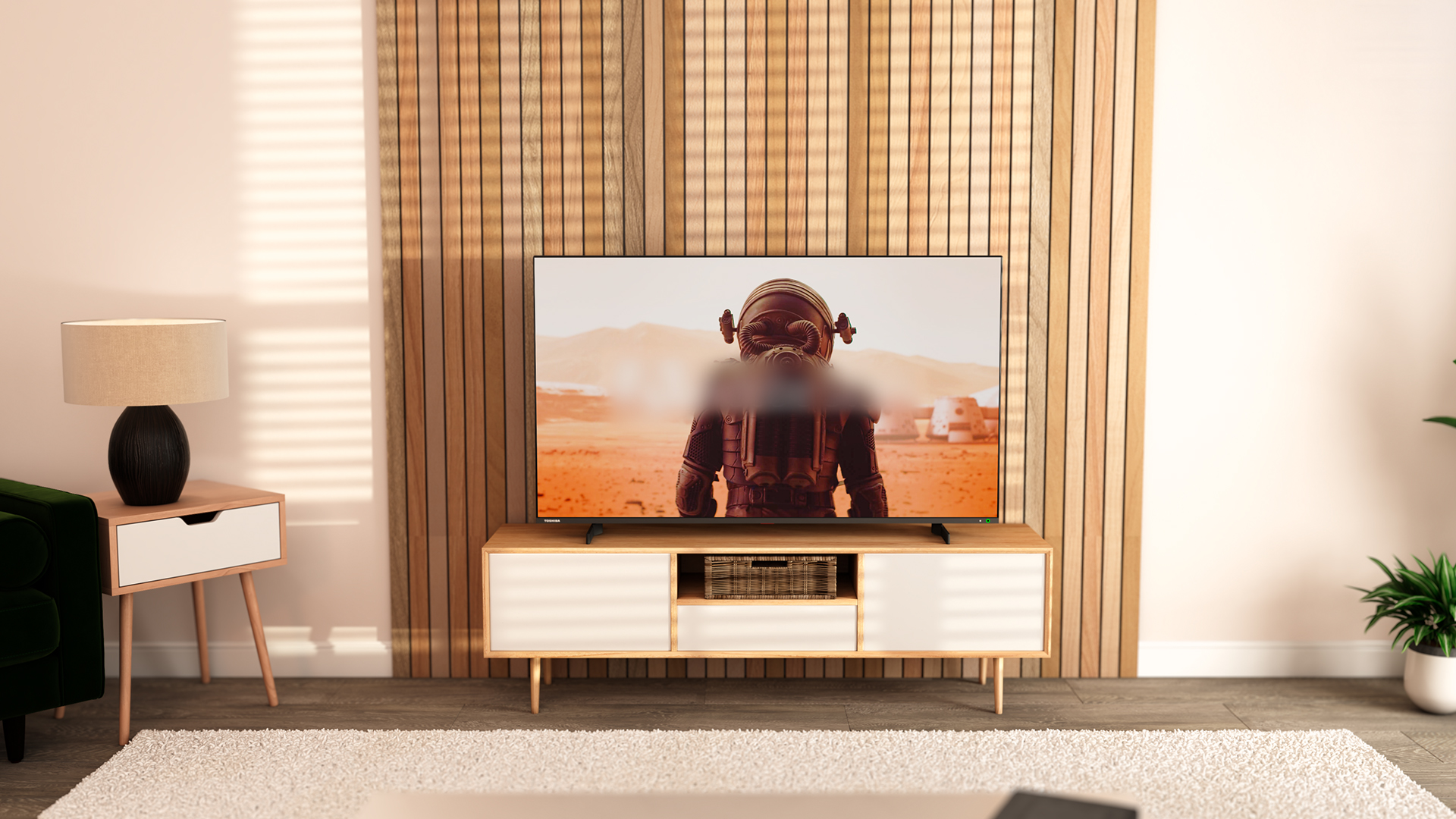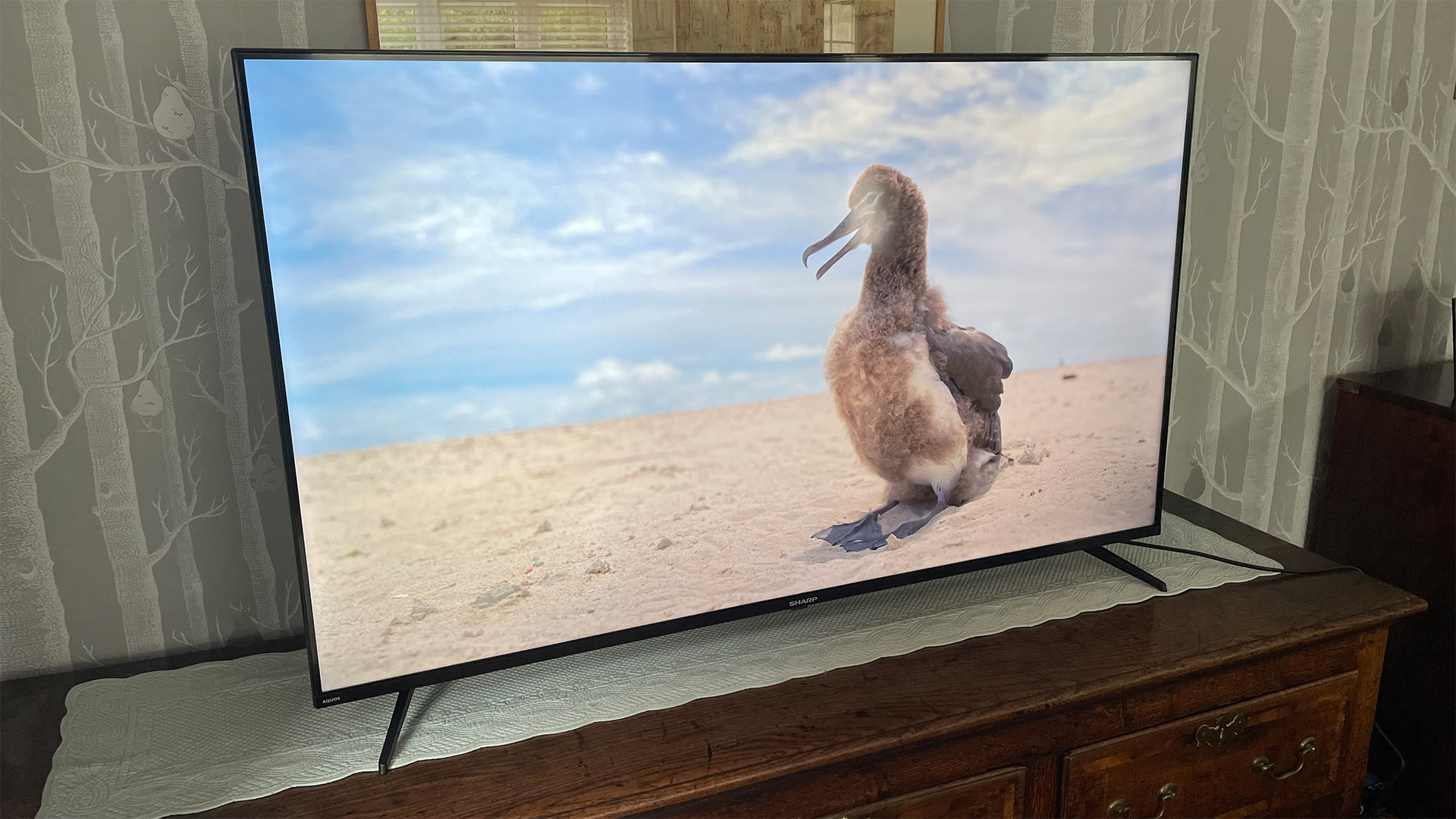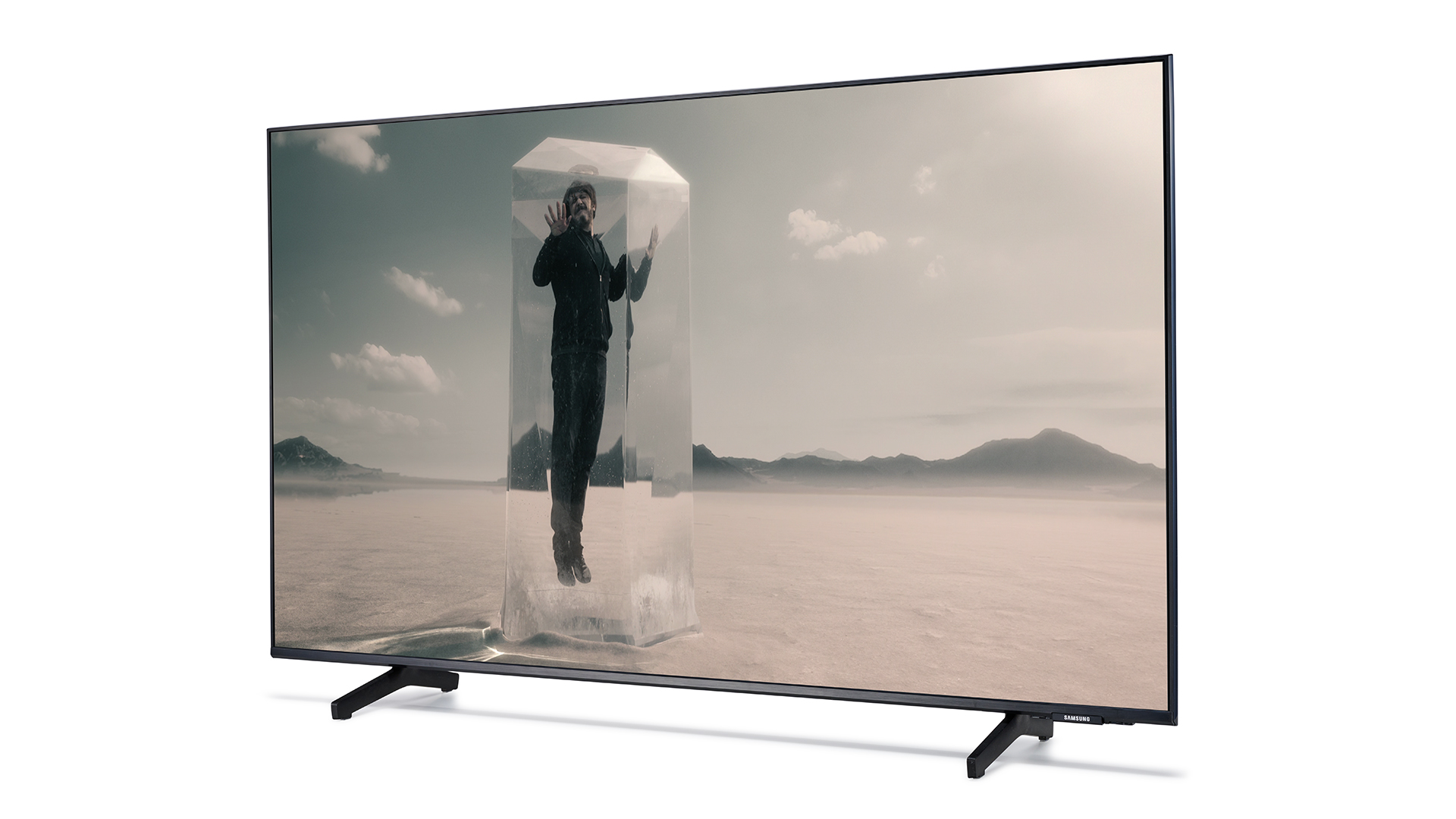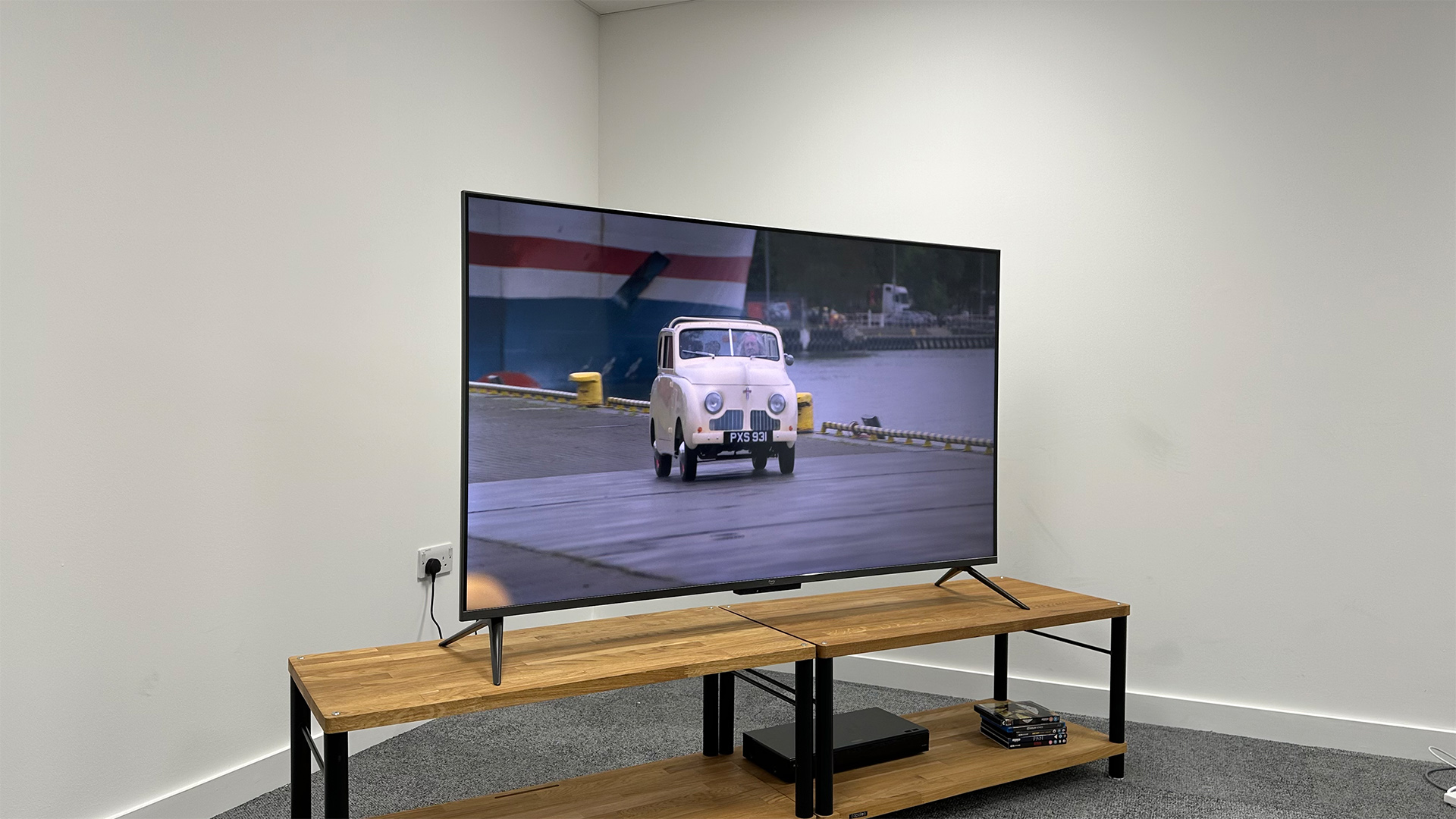
At What Hi-Fi?, we go out of our way to test as wide a range of TVs as possible. Big, small, OLED, LCD, eye-wateringly expensive and mind-bogglingly cheap – everything eventually finds its way into our test rooms.
It’s our experience at the relatively cheap end of the TV market that I want to focus on here, though – specifically the increasingly common ‘try hard’ phenomenon.
On paper, the idea that even a very cheap TV might have performance ambitions beyond the level you might expect for its price seems entirely laudable. Our real-world experience suggests, though, that more often than not – way more often than not, in fact – trying to push the picture and/or sound capabilities of cheap TVs beyond what their core hardware can handle actually makes things worse rather than better. On the other hand, TVs that keep things simple and work within themselves, as it were, can actually end up being the best all-round performers.
Sometimes, in other words, a TV just has to know its limitations.
The picture pitfalls into which cheap TVs regularly fall

When it comes to picture quality, the sort of traps over-ambitious TVs can fall into are legion. Perhaps the most common one in today’s HDR world is when a TV pushes for brightness at the expense of, well, just about everything else. Over-bright pictures that don’t have a potent enough colour system to accompany them, for instance, can end up delivering pictures that look pallid and faded.
Too much brightness without good tone mapping processing can cause major clipping (lost shading and details) in the brightest picture areas. Or too much brightness, if it’s not backed by a strong light control system, can lead to poor dark colours and blacks, or excessive amounts of backlight clouding and inconsistency.
Some TVs go the other way and try too hard to deliver convincing blacks. While this is usually a better starting point for most cheap TVs than brightness, pushing for good depth from LCD panel designs that really just aren’t built for them can result in really dull-looking pictures, strange discolourations (especially blue or green sub-tones) in dark areas, flat colours and lost shadow details.
The arrival of Quantum Dots into the affordable LCD TV world, meanwhile, has led to all sorts of try-hard colour nastiness. Particularly common are TVs that seem to have decided Quantum Dots are just so essential in their bids to stand out from the budget crowd that they’re shoved into panels that really don’t support their use at all. So you end up with colours that actually look either pallid or, more likely, over-wrought and unbalanced, where some tones – especially primaries – stand out too much, or look unnatural, due to the lack of colour management sophistication to properly martial the Quantum Dot hardware.
The temptation to unlock the extra colour volume that Quantum Dots can deliver by feeding them more brightness than the core panel is designed to deal with can also cause poor black levels again.
Even sharpness, something you might expect to be a relatively straightforward part of a TV’s picture makeup, can go wrong if a TV tries too hard to deliver it. Push sharpness too hard and pictures can start to look gritty, grainy or generally noisy, and/or object edges and thin lines can suffer with double-edging or haloing.
Cheap TVs also routinely overestimate the quality of any picture processing systems they may carry, leading to some of their supposed picture enhancements actually making pictures look worse. Particularly frequent foul-ups in this respect are noise reduction systems that leave pictures looking so soft and mushy they actually look much worse than they did with a little noise in them, and motion processing systems that far from making action scenes look sharper and clearer make blockbuster films look like cheap soap operas. Or add ugly processing side effects that are harder to stomach than any judder or motion blur the processing was designed to address.
Sound struggles

Sound can be as much of a problem for try-hard TVs as pictures. The most common and painful audio issue concerns bass, as we find TV after TV – not always just at the budget end of the market, either – trying to achieve depths of frequency response and levels of bass volume that its speaker designs just can’t realistically handle. Resulting in horrible distracting nasties such as chassis ‘buzzing’, speaker crackling or ‘chuffing’, a muddy or hard bass tone, or even total bass dropouts as the drivers collapse completely under the amount of air they’re unrealistically being asked to shift.
TVs that try to deliver more volume than their audio drivers can handle can similarly fall apart, causing cabinet rattles, distortion and harshness. Or TVs that try to generate a larger soundstage than the projective powers of their speakers can sensibly deliver become incoherent and harsh, when if they’d just taken a more appropriately ‘contained’ approach they could have sounded perfectly engaging and cohesive.
With this latter point in mind, it’s questionable too whether some cheap TVs should bother offering Dolby Atmos support if their speaker systems aren’t up to it. A poorly staged, power-light Dolby Atmos presentation can sound much worse than a simple stereo mix on many a budget TV’s speakers.
Cheap TVs that get the basics right are few and far between, but they're out there

The over-riding point I’m getting at with all the picture and sound examples I’ve raised here is that since our definition of a winning TV performance is one that allows you to become immersed without distractions in whatever film or TV show you’re watching, the best TVs are those that actually understand and work within their limits rather than the ‘show offs’ that are forever making the viewing experience all about them and their strained hardware.
So here’s my plea to cheap TV manufacturers: when you’re designing and tuning your TVs, don’t just think about how they might stand out in an artificial shop environment. Don’t just throw ‘tick box’ features into them if those features are not suitably backed up by what a TV’s hardware can do. Instead, look at and listen to that set you’re about to unleash on the world as if you’re a consumer in a living room wanting a balanced, clean and immersive experience, rather than as an engineer or marketeer focused on pushing that single spec or feature you think might help your TV stand out on a retail website.
Such is the rarity of TVs that get this right, that we can find ourselves recommending a specific model for far longer than the usual 12-month model cycle. The 43-inch Samsung AU7100 is a perfect example – it was launched and first reviewed in 2021, yet it was still our default cheap TV recommendation right up until stock finally ran out just a couple of weeks ago. Even Samsung’s own 2022 'BU' models couldn’t beat it – though we’re hoping one of the 2023 ‘CU’ models will prove a return to form when we review them in the coming weeks. In the meantime, Amazon’s new Omni QLED is a great example of a TV that gets the basics right and is therefore lovely to live with, though it’s only properly cheap when Amazon gives it a hefty discount – which it thankfully does frequently.
Clearly, there’s lots of space for more great cheap TVs, and I know there are manufacturers out there who are more than capable of producing them if they just remember that in the budget TV world, simple really can be best.
MORE:
Here are the best cheap TVs available right now
Got a bigger budget? These are the best TVs overall
Never pay more than you should with our best TV deals







